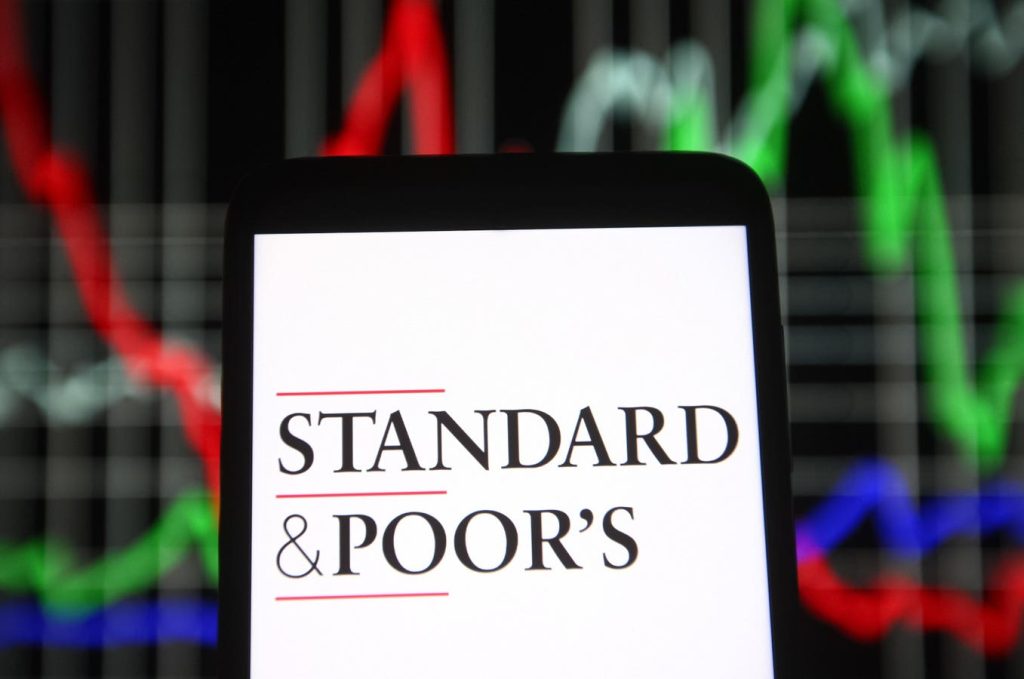The S&P 500 index, a benchmark for large-cap US equities, has experienced a remarkable rally, driven by advancements in artificial intelligence and the burgeoning GLP-1 drug market. From its October 2022 low, the index surged to an all-time high in December 2024, a 75% increase that prompted discussions of a potential market bubble. Despite these concerns, the bullish trend persisted, defying pessimistic forecasts. Looking ahead to 2025, a confluence of factors, including potential Federal Reserve interest rate cuts and a new presidential administration, adds further complexity to the market outlook. This analysis explores the S&P 500’s potential trajectory in 2025, examines the historical impact of Fed rate cuts, and evaluates the merits of investing in S&P 500 index funds, including some top contenders for investor consideration.
Expert forecasts compiled by Thomson Reuters suggest a median target of 6,500 points for the S&P 500 by the end of 2025, representing a modest but healthy 7.4% gain from the December 2024 closing value. This positive outlook is underpinned by several factors. The incoming presidential administration’s proposed policies of tax cuts and deregulation are expected to stimulate economic growth, while the anticipation of a Fed rate easing cycle could further fuel market gains. Individual analysts offer varying projections, with some, like those at Wells Fargo, Deutsche Bank, Yardeni Research, and Oppenheimer, expressing more bullish sentiments, forecasting the S&P 500 to reach between 7,000 and 7,100 points by the end of 2025. These projections reflect optimism regarding the potential impact of government policies, a dovish Fed stance, and the perceived resilience of the US economy.
Historically, Fed rate cuts have often correlated with positive stock market performance, particularly in the one-year and three-year periods following the cuts. However, this relationship isn’t absolute, especially during periods of economic recession. Rate cuts implemented during or in anticipation of recessions have sometimes failed to prevent market declines, as seen in the aftermath of the Dot-com bubble and the lead-up to the Great Recession. Conversely, rate cuts enacted in response to major market shocks, such as the Black Monday crash, the LTCM crisis, and the COVID-19 pandemic, have often been followed by substantial market recoveries. The 2024 rate cut cycle differs from both the recessionary and crisis-driven scenarios. With inflation perceived as under control, the Fed’s anticipated rate cuts aim to stimulate economic growth following a period of higher interest rates. This context aligns more closely with historical periods like 1984, 1989, 1995, and 2019, which saw significant S&P 500 gains in the three years following rate cuts.
Before venturing into S&P 500 index funds, several factors merit careful consideration. Investors should understand that direct investment in the S&P 500 index itself is not possible. Index funds, structured as either mutual funds or exchange-traded funds (ETFs), provide a means to invest in a portfolio mirroring the index. While concerns about a potential S&P 500 bubble are valid, the index has historically demonstrated resilience, recovering from major downturns over the long term. A long-term investment horizon is generally recommended, as it increases the likelihood of positive returns and mitigates the risks associated with short-term market fluctuations. Studies suggest that the S&P 500 has never experienced a loss over a 20-year period, reinforcing the benefits of a long-term investment strategy.
The legendary investor Warren Buffett strongly advocates for investing in low-cost S&P 500 index funds, often recommending a 90/10 portfolio allocation strategy, with 90% invested in an S&P 500 index fund and 10% in short-term government bonds. Buffett’s endorsement underscores the potential of these funds for long-term wealth accumulation. He emphasizes the importance of buying a broad basket of large companies through the S&P 500 and doing so consistently and cost-effectively. This approach eliminates the need for individual stock picking and simplifies the investment process.
Based on a set of criteria including endorsement from prominent investors, low expense ratios, and potential for income generation, three leading S&P 500 index funds emerge as strong contenders for 2025. The SPDR S&P 500 ETF (SPY), the largest S&P 500 ETF, offers high liquidity, efficient pricing, extended trading hours, and opportunities for income generation through options trading and securities lending. However, it does not offer automatic dividend reinvestment. The Vanguard S&P 500 ETF (VOO), also highly regarded and part of Buffett’s portfolio, boasts a lower expense ratio and the advantage of automatic dividend reinvestment. Finally, the Fidelity 500 Index Fund (FXAIX), a mutual fund, appeals with its ultra-low expense ratio, automatic dividend reinvestment, and accessibility for new investors, although it is not as tax-efficient as ETFs and cannot be traded intraday.
Each of these funds caters to different investor preferences. SPY is suitable for active traders and those seeking income generation through options strategies. VOO is a strong choice for long-term buy-and-hold investors prioritizing low costs and automatic dividend reinvestment. FXAIX, with its minimal expense ratio and dividend reinvestment feature, is particularly well-suited for long-term investors, especially those starting their investment journeys or investing within tax-advantaged retirement accounts. Ultimately, the choice depends on individual investor circumstances, goals, and risk tolerance. It’s crucial to conduct thorough research and seek professional financial advice when making investment decisions.

